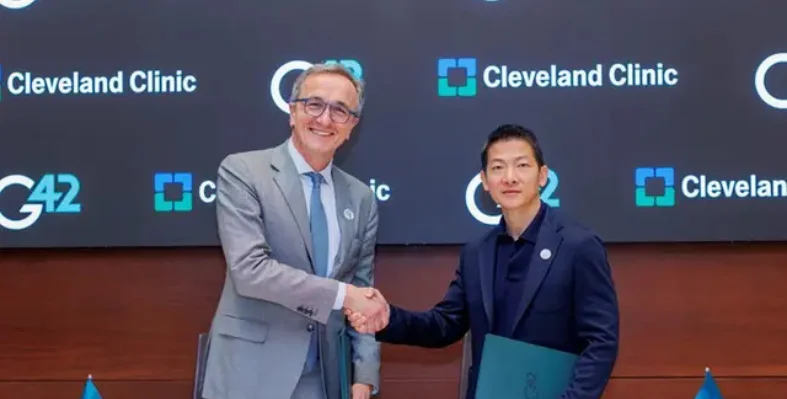News publications from across the USA have reported impending closures of occupational health and safety agencies in the county, in wake of the Trump administration's decisions to cut government spending. This could be disastrous for American workers, who may now have little recourse against workplace violations.
Louisiana workers may be more affected than others. The state is already known as one of the most dangerous places in America, from an occupational health and safety standpoint. According to data from the Bureau of Labor Statistics, Louisiana is ranked the sixth most dangerous state for workers in the U.S. This is thanks to the more than 200 chemical facilities and refineries which line an 85-mile stretch of the Mississippi River from Baton Rouge to the state's capital New Orleans. It has been repeatedly called "Cancer Alley", due to the high cancer rates associated with petrochemicals.
US-based publication Capital & Main has recorded a few instances. In recent years, the news publication said, there have been several chemical plant exposures or explosions in the state. In December, a suspected explosion occurred at a Westlake Corp. chemical plant near the Nutrien plant. Four workers were hospitalised in October after being exposed to ammonia at a Formosa Plastics plant.
Two individuals were injured in September when a hydrogen gas explosion occurred at the neighbouring Chevron Renewable Energy Group factory. Last month, Mathew Roberts was working at a chemical facility on the outskirts of Baton Rouge when he was involved in a forklift accident. The father of two, who was unresponsive and in severe condition, was transported from the Nutrien nitrogen facility to a local hospital and died of his injuries.
Spending cuts
His death came weeks after the Elon Musk-run Department of Government Efficiency (DOGE) announced the closure of 11 OSHA field offices. This includes one in Baton Rouge that is investigating Robert's death. It is the agency's only office in Louisiana, and its impending closure is causing anxiety among workplace safety professionals. The closures are still "under review," according to the US Department of Labor, which oversees OSHA.
In addition to the Baton Rouge office, which conducted 386 workplace inspections last year and imposed over $750,000 in penalties for major infractions, DOGE intends to eliminate field offices in Houston and Mobile, Alabama.
“Those enormous oil and petrochemical facilities with significant safety and health hazards will be inspected even less frequently than they are now,” former OSHA Director David Michaels told Capital & Main. “These closures will result in more injuries, illnesses and deaths,” Michaels added.
According to Michaels, OSHA employees in the office will have to choose between quitting the agency entirely or relocating to another region hundreds of miles away. Staff at the Baton Rouge office claimed they were not aware of any layoffs, despite rumours that have circulated since the DOGE announcement in mid-March.










